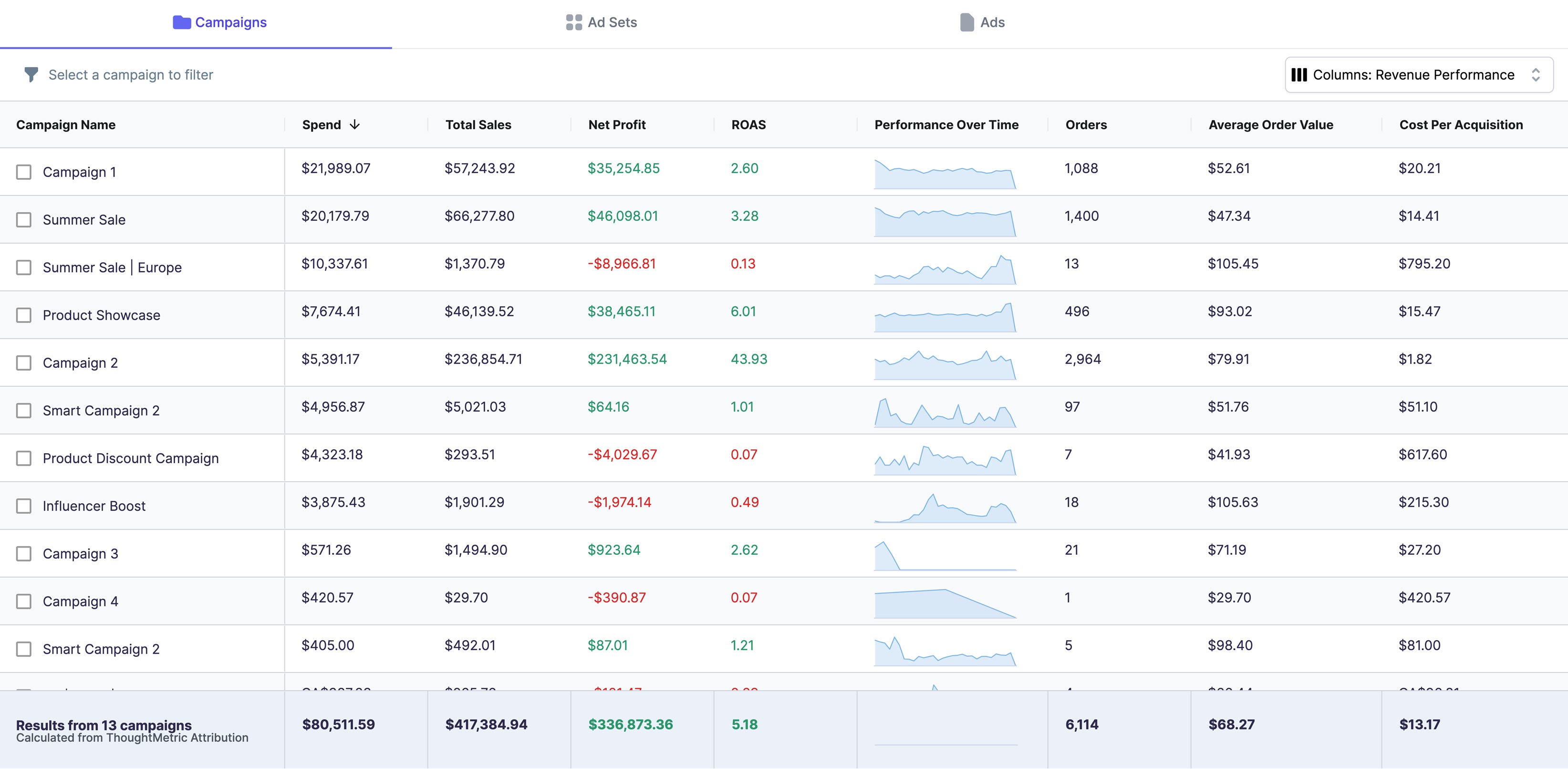ThoughtMetric team here again to clarify some of the marketing jargon!
If you’re running ads (on most platforms, including Meta and TikTok), you’ve probably seen "reach" and "impressions" in your reports. But what exactly do these metrics mean, and more importantly, how should you use them to optimize your campaigns?
Let's break it down.
What is Reach?
- If your ad was displayed to 500 different users, your reach is 500.
- Measures unique users
- High reach can be great for brand awareness
- Useful for tracking how widely your message is spreading
What are Impressions?
Example: If your ad was shown 5 times to each of 100 users, you would have 500 impressions but a reach of 100.
Key points about Impressions:
- Measures total exposures
- A high number of impressions may mean strong visibility, but it could also indicate ad fatigue if the same people see your ad repeatedly
Reach vs. Impressions: Why the Difference Matters
- Gauge campaign saturation: Are you reaching enough new people, or just bombarding the same audience?
- Optimize frequency: Frequency = Impressions / Reach. This shows how often users see your ad. A high frequency can lead to ad fatigue
- Choose the right campaign goal: If your goal is awareness, prioritize reach. If your goal is reinforcement and conversion, impressions (with reasonable frequency) can matter more
When to Focus on Reach vs. Impressions
Impressions | Retargeting, product launches, reinforcing brand message
If you’re promoting a new brand, maximize reach to get your name out there.
Final Thoughts on Reach vs. Impressions
Stay tuned for more easy-to-understand guides on mastering your marketing metrics!





